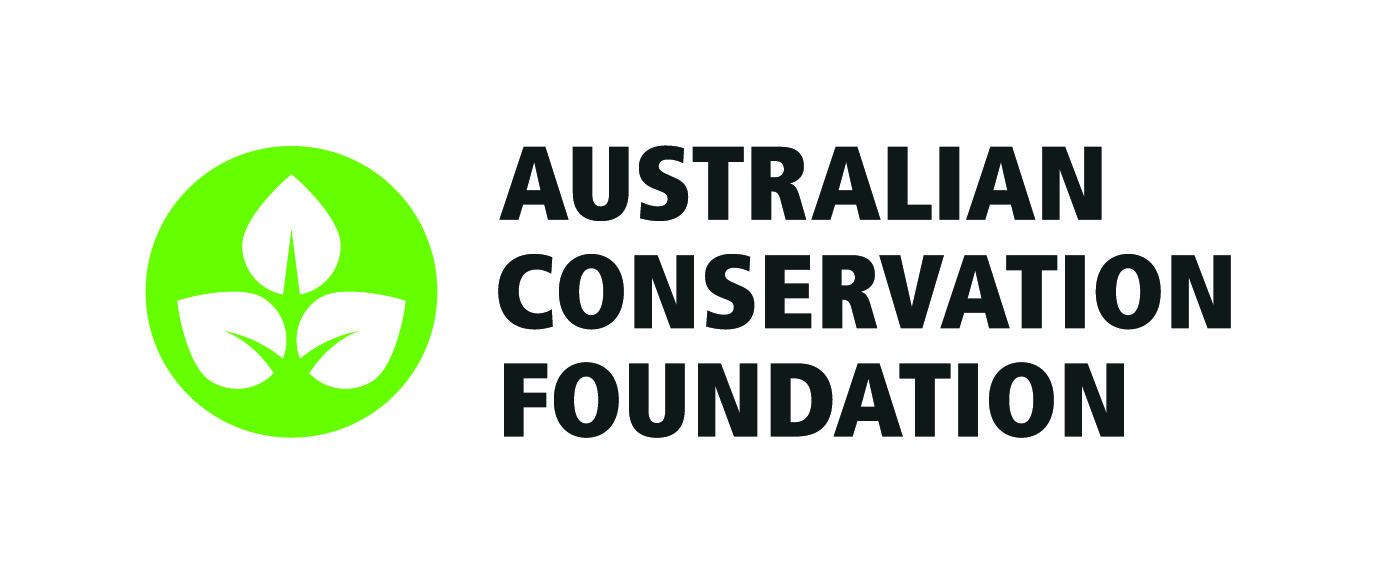Part 2 of 2 Parts (Please read Part 1 first)
Other Australians at COP29 say it is important not to overstate nuclear’s presence, and its place in the global net-zero carbon effort.
Tennant Reed is the Director of Climate Change and Energy at the Ai Group, and he is a veteran of COP climate summits. He said the arrival of nuclear energy in the climate change scene had certainly been noticeable.
Reed added, “When I was at the 2018 climate summit in Poland, there was something of a fuss and surprise when a person in a giant inflatable polar bear costume burst into the cafeteria, accompanied by pro-nuclear youth and an opera singer singing pro-nuclear songs. That was very unusual but there’s a lot more visibility for the nuclear power industry, and nuclear advocates, in the trade show element of these conferences these days.” He continued that growth in nuclear power wasn’t a feature of the main negotiations at Baku, but neither was scaling up any other particular energy source.”
Reed went on to say that nuclear advocates were hosting events on the sidelines, and they were very sensitive to one criticism in particular. He said, “They’re all conscious that they have to show that they can deliver new projects ‘on time and on budget’. I must have heard that phrase fifty times from nuclear people.”
Reed added, “I think that they’re conscious that this is an ambition that the last wave of nuclear development in Western countries certainly did not meet. But they are very focused on making sure that this time is different.”
The IAEA is forecasting a few big decades for nuclear power, expecting global production to more than double by 2050. However, Reed said much of the growth in nuclear power was coming from countries with established industries. While other countries were expressing interest in setting up an industry, few had recently broken ground. He said there was a much more momentum in the roll-out of renewables. He added that “Wind and solar deployment, and especially solar at the moment, is taking off like a rocket. It took the world a very long time to deploy its first total terawatt of solar energy production. We are now doubling every couple of years. And so there’s a vast amount of on-the-ground deployment of wind and solar that is happening.”
Some conservation groups have tried to push back on the rising prominence of nuclear power, seeing it as a threatening distraction in efforts to combat climate change. The Australian Conservation Foundation’s (ACF) Dave Sweeney attended the COP29 conference in Baku. He cast some doubt on nuclear’s future, at least compared to renewables. Sweeney said, “It’s one thing to have agreements and aspirations, it’s another to have projects and power. The industry is having some very good rhetoric, but it’s having a very poor reality. We’ve seen thirty countries say that they will triple nuclear (power) by 2050; we’ve seen one hundred and twenty-five say that they will triple renewables by 2045.”
Sweeney argues that part of the nuclear industry’s ambition is attracting public funding, in an effort to “de-risk” its projects. He added, “At meeting after meeting, they’ve spoken about the need for market reforms to de-risk nuclear projects. I think that is very bold code for ‘no-one wants to fund us, so we’re looking for the public purse’.”
Nuclear Reactors 1472 – Australian Political Parties Disagree About The Need For Nuclear Power – Part 2 of 2 Parts

